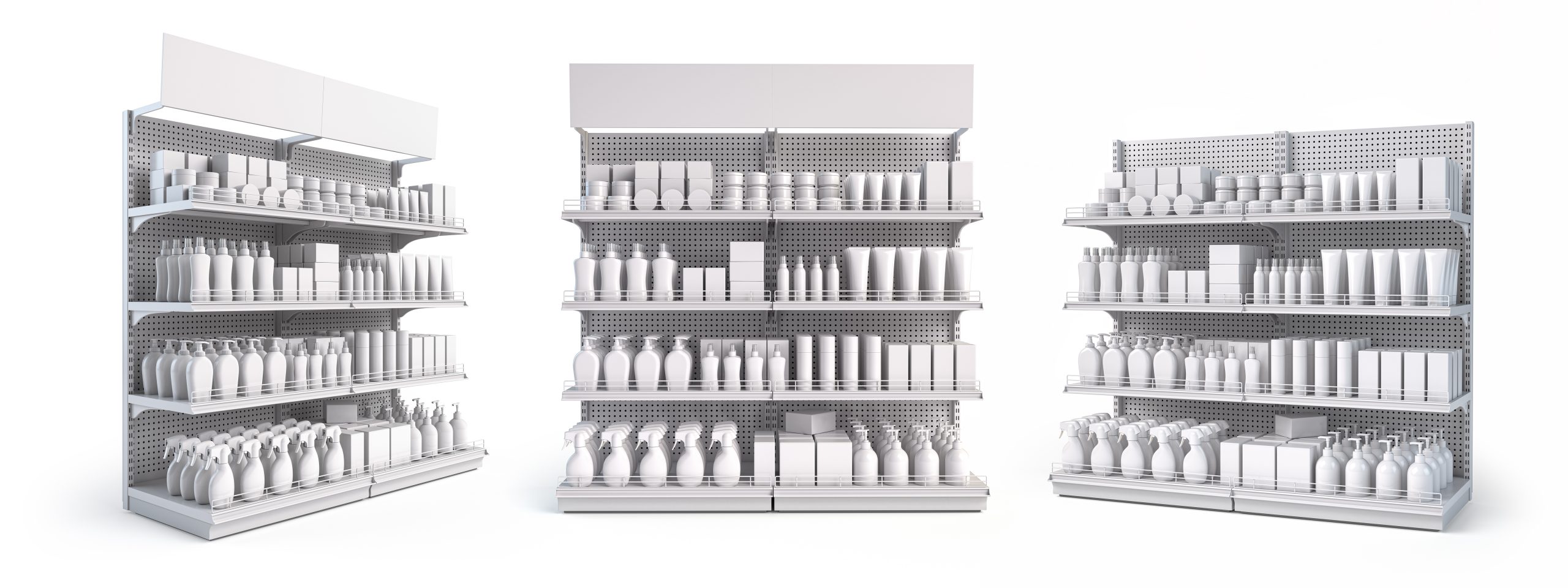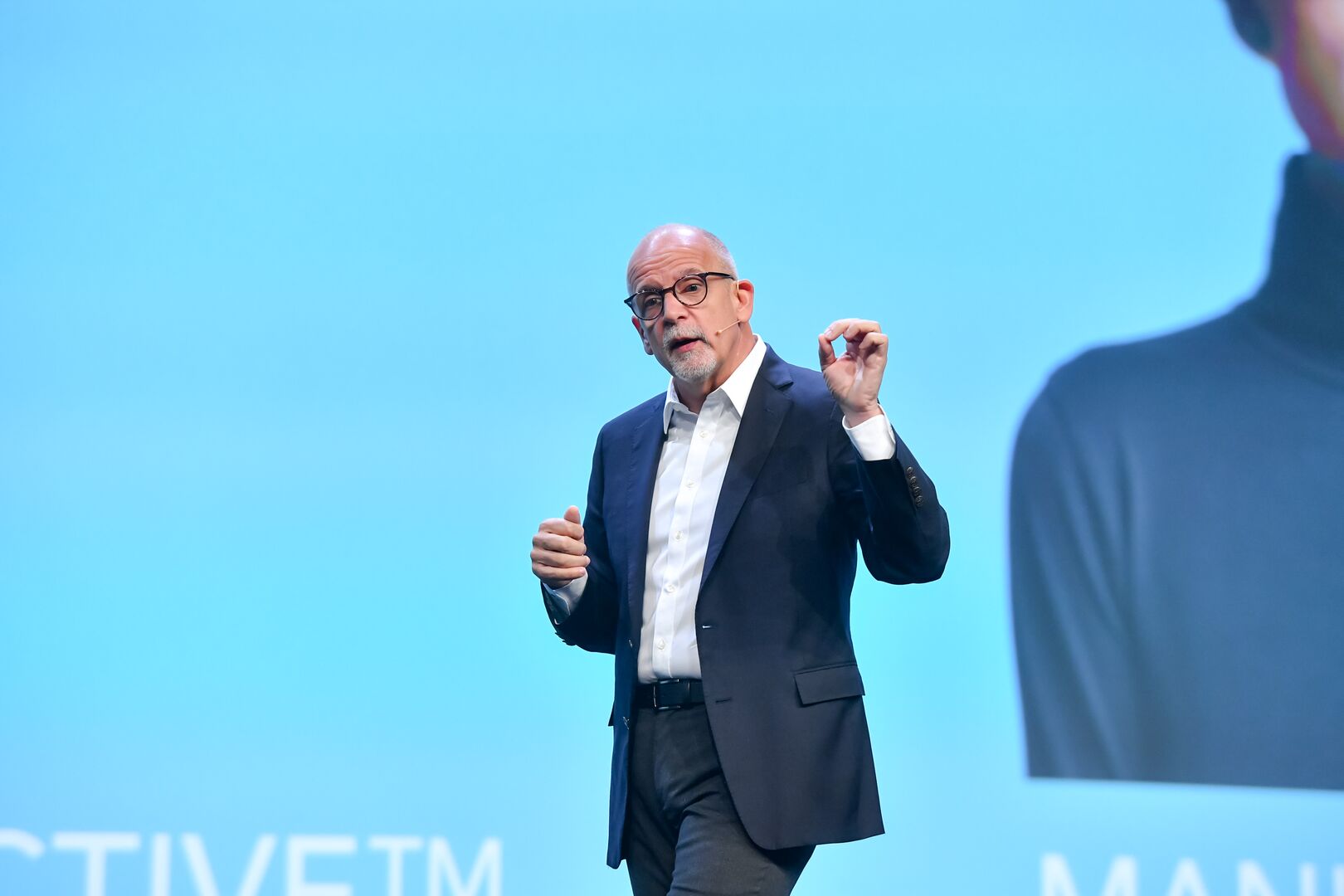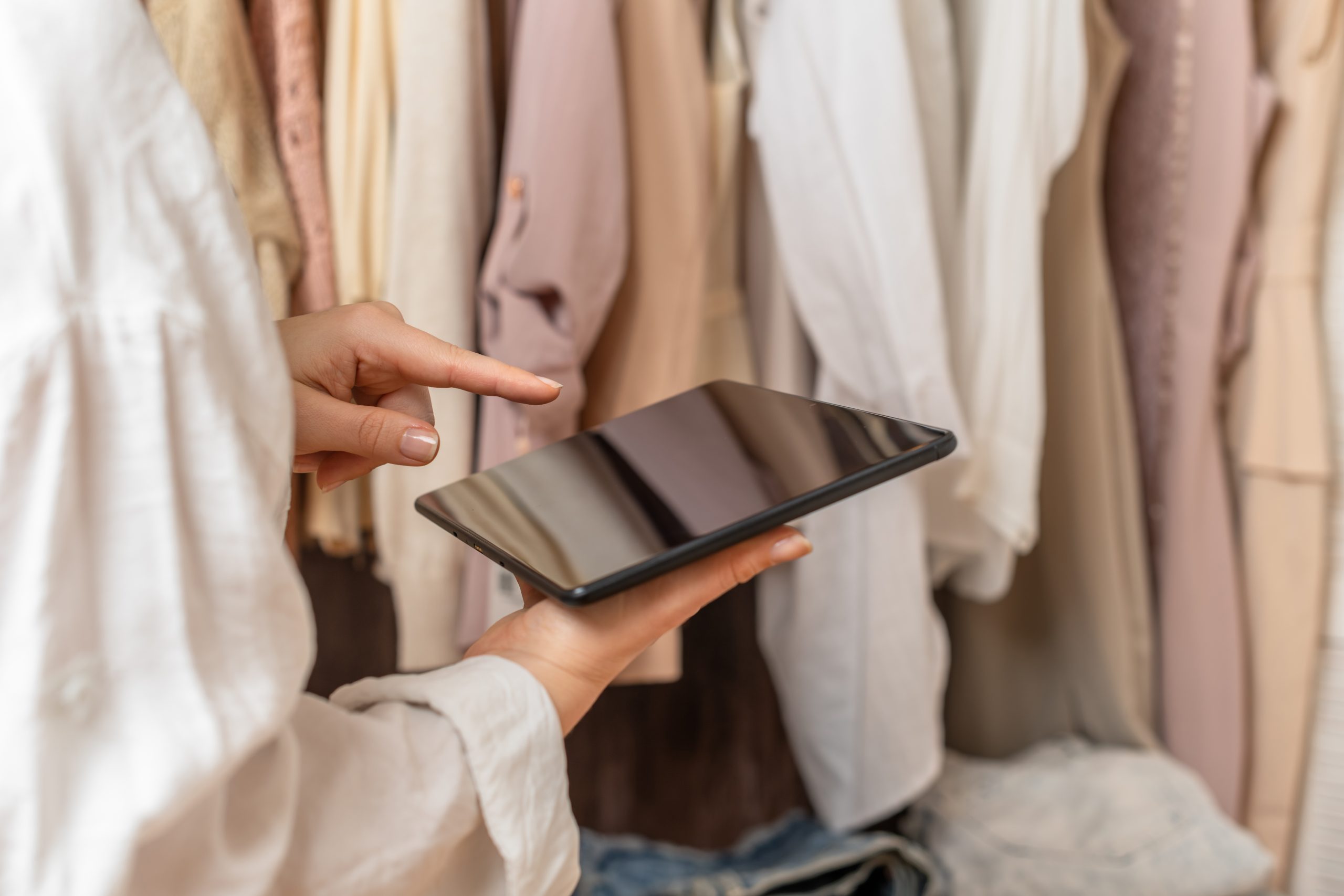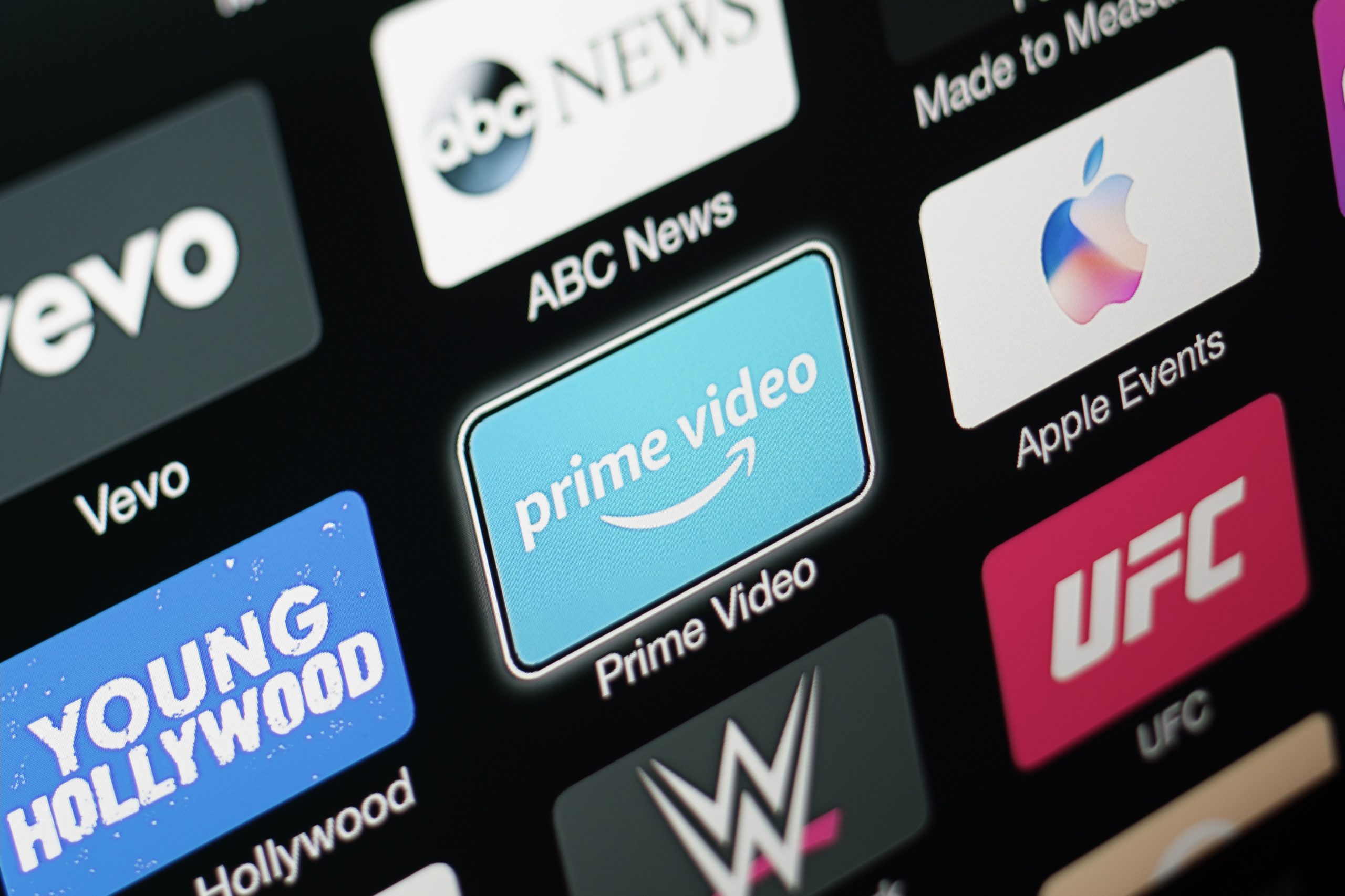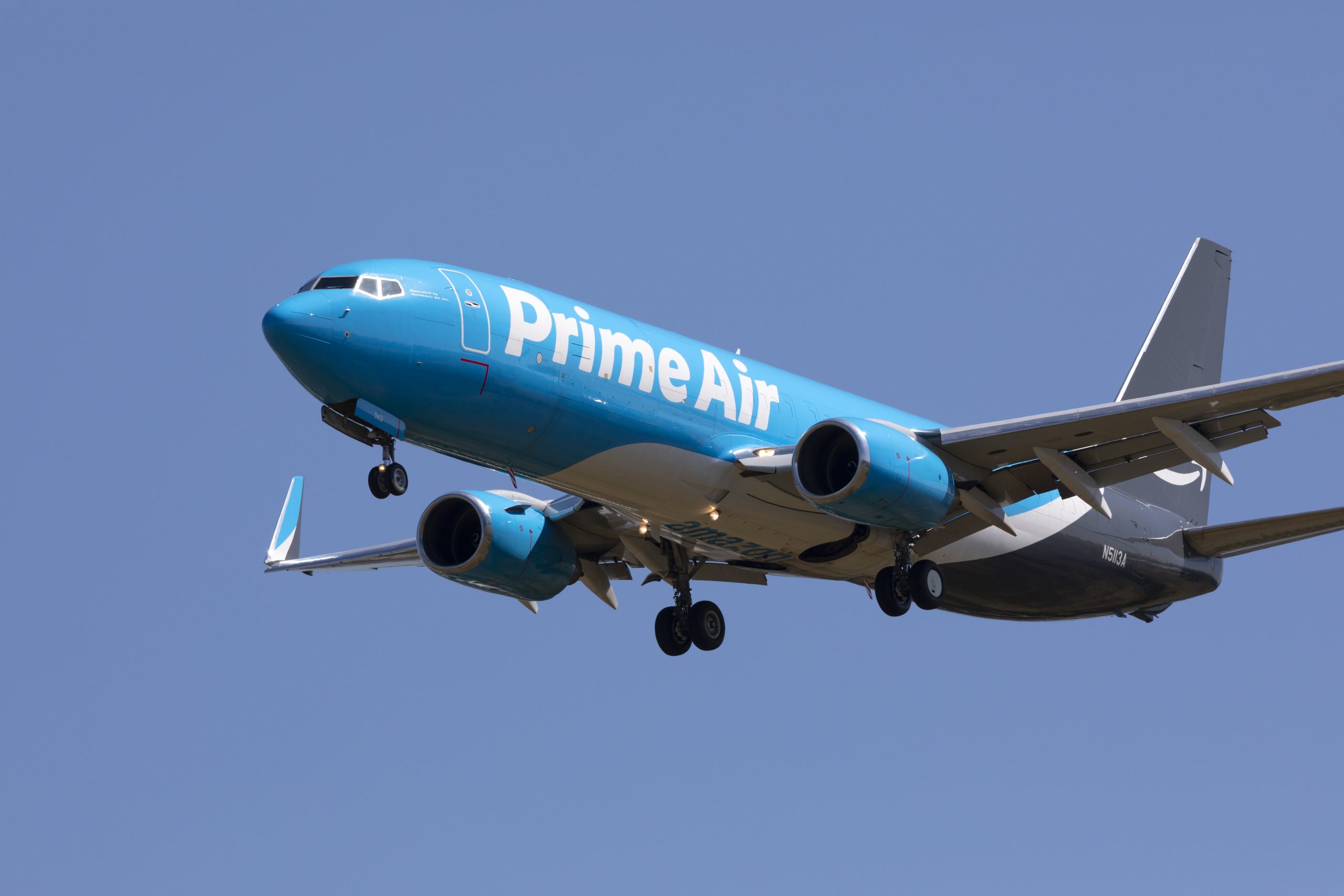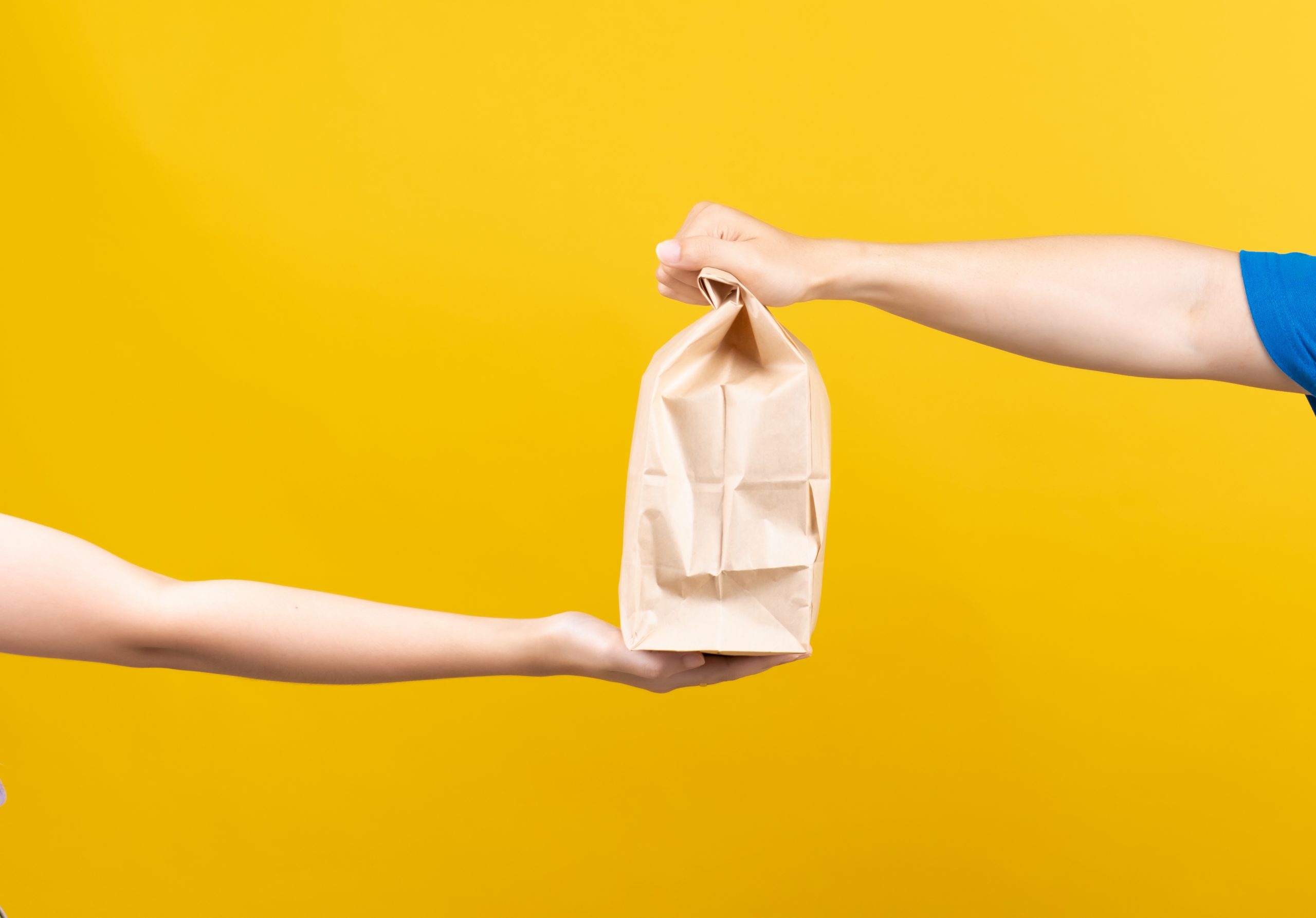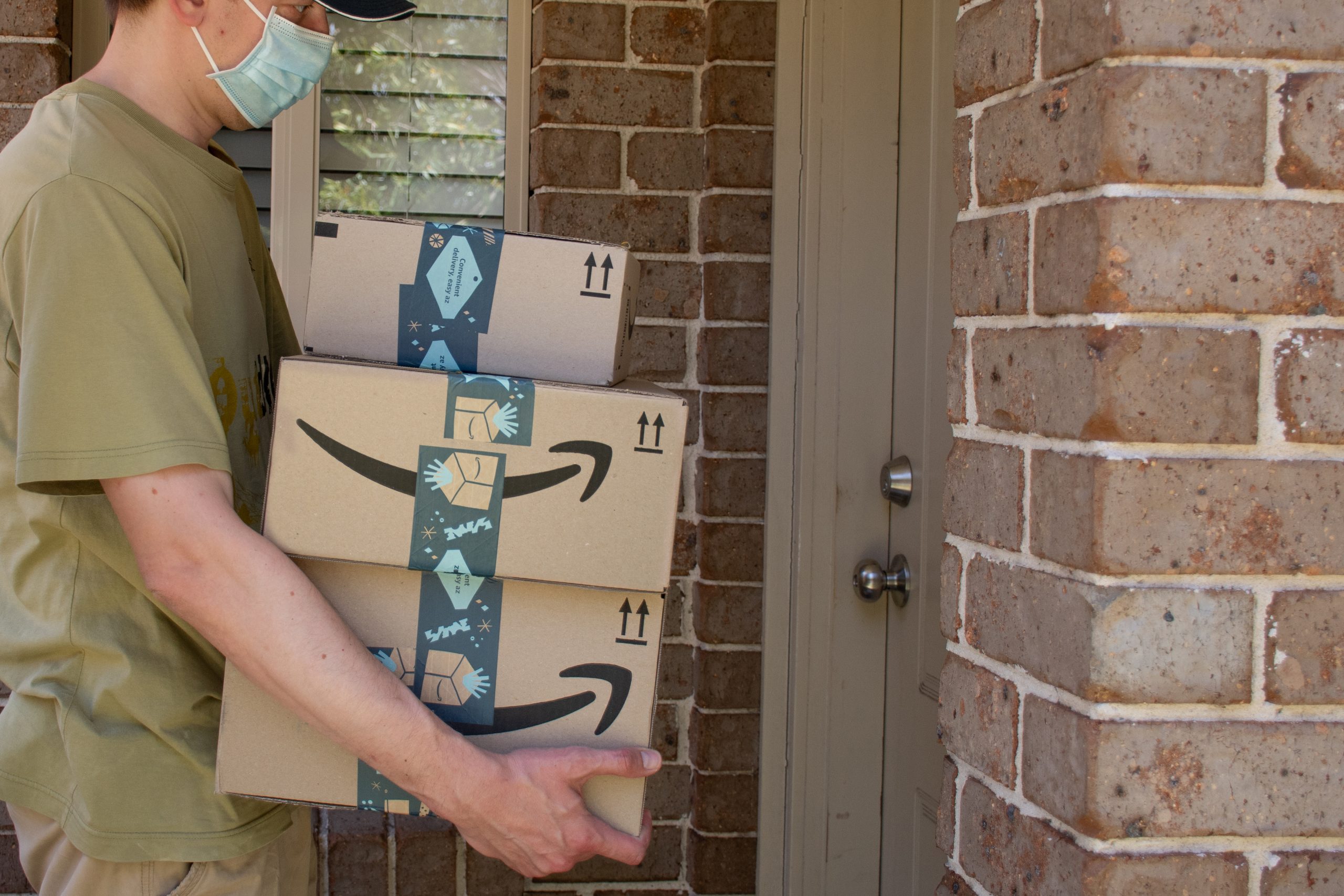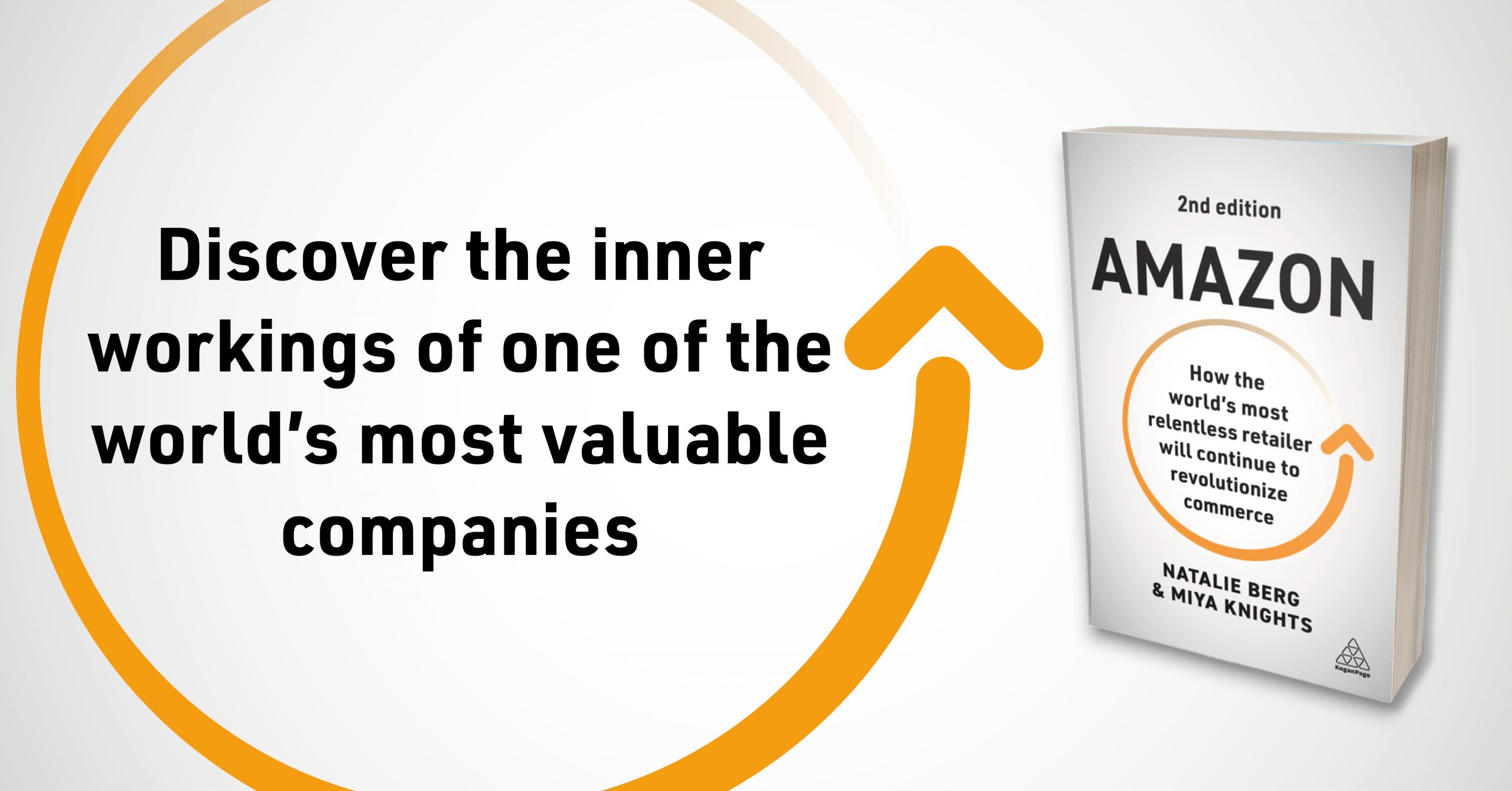Paid partnership with SES-imagotag
Where next for bricks & mortar retail? Is hyper-personalisation about to go mainstream and what are the opportunities for retailers? I discuss all of this and more with Thierry Gadou, Chairman & CEO of SES-imagotag, a company that invents IoT and digital technologies that create a positive impact on society by enabling sustainable and human-centered commerce.
After surviving a pandemic and digital disruption more broadly, have physical stores finally proven their worth?
To be frank, the past two years haven’t been so negative for many omnichannel physical retailers. Many are actually better off than before COVID, despite the twin pressures of adapting to the consumer shift to digital and a challenging economic backdrop. Stores are back. The most successful retailers have recognised that their physical stores can be high value digital assets. Stores have proven that they are essential and at the very core of omnichannel commerce – but they need to be better stores. There is still a lot of work to do when it comes to transforming the physical space.
Let’s explore that transformation in more detail. How can retailers adapt their business models to stay relevant in this digital era?
Firstly, we have to acknowledge that there will be a divergence between the pioneers and the laggards. The winners are going to be those who make their physical stores an incredible experience by offering advice and levels of service that e-commerce companies cannot provide, while simultaneously repurposing their stores to become fulfilment and collection hubs.
Online retailers have historically had a huge data advantage but there is now an opportunity to leverage in-store data to optimise the customer experience. Take grocery, for example. E-commerce might be just 5-10% of a supermarket’s sales. Imagine all of the rich insights you could get if you actually transform your stores, where the bulk of sales actually take place, in a way that makes capturing that data possible in the first instance?
Right now, the only way retailers make money is to sell products. They are missing a clear opportunity to capitalise on shopper traffic. In-store retail media is a major opportunity. By digitising the shelf edge, retailers are able to provide very efficient advertising real estate to brands and create new sources of revenue which, in turn, can fund further store transformation. None of this is easy but the time has come. There is more opportunity today to implement such a vision than there has ever been.

So how can retailers leverage in-store data and what are the benefits?
Physical retailers have a good understanding of the products that have sold, but what about the ones that didn’t? We are helping retailers to produce more data in-store by monitoring the shelves, automating the detection of stockouts and enabling mobile interactions. In the cookie-less world that we are entering, first party data is going to be the rule of the game.
There are two aspects to this. Firstly, the in-store operational data – this is what happens at the shelf. So, it’s stockouts, facings, planogram compliance. Brands today are still sending tens of thousands of people into the field to manually check for themselves. We’ve seen enormous improvements to the supply chain over the past 20 years, but the reality is that the level of stockouts has remained unchanged. And that’s down to the inaccuracy of inventory data in stores. Retailers are sitting on an absolute goldmine, but they need to go after it. How do you get the data right? Through sensors and computer vision.
And this is a win-win-win opportunity. It provides an additional source of revenue for retailers, a huge cost savings for brands and a superior experience for customers in the form of fresher products and better availability.
The second aspect here is customer data. With digitised shelf edges, you are able to communicate with customers at the very strategic moment of purchase. You can reach them with very targeted, relevant messaging which can be further personalised by their mobiles.
We have scaled this and we know it works. Brands are seeing better CPMs (Cost per Mille) and higher conversion rates in stores. All of this is within reach today.
Let’s talk more about hyper-personalisation. Will we see a shift towards more tailored, real-time promotions in the future?
One of the great aspects of the physical store experience is discovery. In five minutes in a store, you can discover so many more products than you would if you were scrolling on your phone. So, that’s great but the range can also be overwhelming and hard to navigate.
We have worked with Monoprix, for example, to digitise the shelf edge and enable a highly tailored in-store experience. The customer can set their criteria, for example cheapest, organic-only or items with a low carbon footprint. The app will direct the customer to the aisle and, once there, he/she just presses a button on their smartphone and the products that correspond to the previously set criteria will flash in the aisle.
Another example is when you get closer to a product that you’re interested in, you’ll receive a tailored message to scan the QR code with your phone and perhaps receive a special promotion that is exclusively for you. So, when we talk about the shift towards personalised pricing, that’s going to be very mobile-centric. The use of mobile and NFC (Near Field Communication) or QR codes is going to get you that level of personalisation, even in a mass market setting.
These services encourage the customer to use their smartphone in the store and the magic is then that the customer is providing retailers and brands with valuable first party data, further fuelling the retail media opportunity.
As the boundaries between online and offline continue to blur, perhaps we need to stop referring to stores as “physical retail”?
Physical commerce is the wrong word; it’s human commerce. Shoppers today want convenience and tolerance to any form of friction is history, but shopping is still a social experience. It’s a five senses experience. It’s so much more than just the product on shelf. The problem is that stores today don’t often provide that experience. Automation, AI and data can make the store much easier to operate, which frees up staff time to be more available to customers and have those meaningful engagements. It’s all about the technology behind the scenes that enables this 21st century experience.

